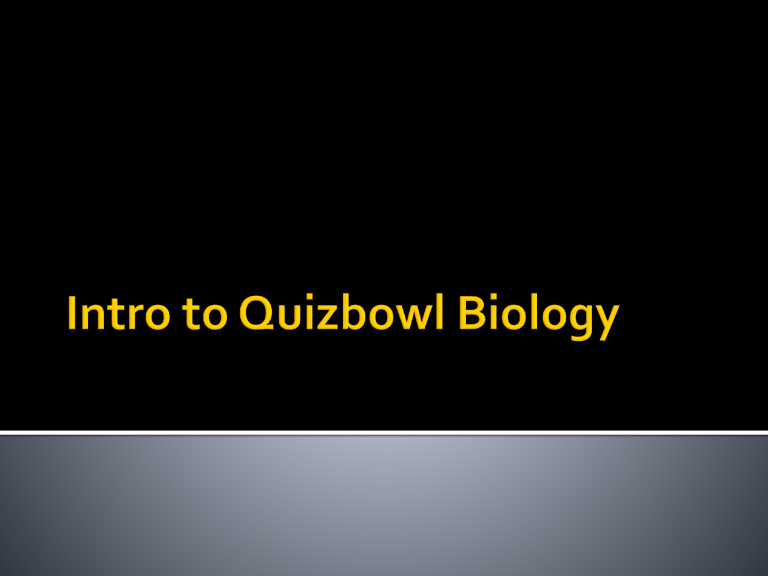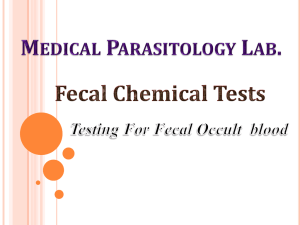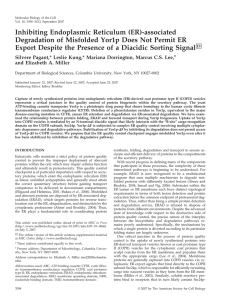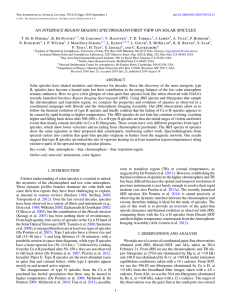Intro to Quizbowl Biology Organelles

All living things are made up of cells
Cells contain structures inside them that perform functions called organelles, and they are a big part of the canon
Often called the “powerhouse of the cell” because it produces ATP through metabolic pathways
Found in high concentration in brown fatresponsible for thermogenesis
Diseases resulting from mutations that affect them- Leber’s optic neuropathy, Kearns-
Sayre Syndrome, Pearson’s Syndrome and
MERRF- causes “ragged red fibers” under a
Gomori stain
Inner membrane contains folds- cristae
Transport in and out of it are controlled by
TIM and TOM complexes
ATP synthase- molecule located within themcontains F1 and F0 subunits
Cytochrome C and ubiquinone- part of the electron transport chain in it
Cytochrome C is also released by them during apoptosis
Responsible for digesting old cell parts, food, etc.
Diseases resulting from their malfunction:
Gaucher’s, Niemann-Pick, I(nclusion)-cell,
Pompe, Hurler Syndrome, Fabry’s disease,
Tay-Sachs
Tay-Sachs is caused by the malfunctioning of the enzyme hexosaminidase A, similar to Sandhoff disease
Vesicles destined to it are tagged with mannose-6-phosphate
Has rough and smooth varieties: rough is studded with ribosomes, smooth is not
Continuous with nuclear membrane
Contains the KDEL retention sequence
Smooth variety- one form releases calcium
ions in muscle cells, responsible for detox and steroid production
COPI and COPII are proteins that transport between it and the Golgi body
Technically not organelles but close enough
Measured in Svedberg units through sedimentation via centrifuge
In prokaryotes- bind to Shine-Dalgarno box
In eukaryotes- binds to Kozak sequence
Contains A, P, and E sites- aminoacyl and peptidyl bonding
Produced in the nucleolus in eukaryotes
Has cis and trans faces (cis=closer to nucleus, trans=farther)
Receives COPII vesicles from ER
Contains GAAP protein
Adds mannose-6-phosphate tags to vesicles bound for lysosomes
Its lamina acts as a support structure
RAN protein mediates transport in and out of it thru pores in its membrane
Can be viewed with DAPI and Hoechst stainings
Contains Cajal bodies and snRNPs
Contains SUN domain proteins
Break down peroxides
Contain catalase- breaks hydrogen peroxide down into water and oxygen
Affected in Zellweger syndrome and X- linked adrenoleukodystrophy
Taxonomic levels:
Domain>Kingdom>Phylum>Class>Order>
Family>Genus>Species
Three domains: Archaea, Eubacteria, Eukarya
Eukarya kingdoms: Animalia, Plantae, Fungi,
Protista
Phyla are tossed up quite often, particularly animal phyla
Contains sponges their sclerocytes form spicules
asconoid, synconoid, leuconoid body plans
calcarea and hexactinellida material types
Choanocytes- move water through them
Their larvae=amphiblastula
Osculum=excretory opening
Mesohyl=jelly-like matrix in sponges
Means “spiny skin” contains things like starfish, sea cucumbers, and sea urchins
Have a water vascular system- hydraulic system used for movement
Water intake- through madreporite-leads into stone canal
Ends in tube feet
▪ Arranged along ambulacra
Have pedicellaria
Contains things like jellyfish and hydra
Contain nematocysts- stinging cells
Have medusae and polyp body plans- mobile and sessile
Made of gastrodermis and mesoglea
Larvae= planula
Classes- Scyphozoa, Anthozoa, Hydrozoa,
Cubozoa
Have gastrovascular cavities
Genera- Obelia and Chironex
Some can cause Irukandji syndrome
Molluscs include snails, slugs, octopi, squid, etc.
Have radula- chitinous ribbon
Supported by an odontophore larvae= veligers and trocophores shells made of conchilin and chitin
Have a mantle
Eric Kandel studied a member (he studied memory in the neurons of sea slugs)
Contains roundworms
One member- C. elegans- was studied by
Sydney Brenner
First multicellular organism to have its genome mapped
Have amoeba-like sperm that lack g-actin
Reproduce via spicules
Segmented body animals- crustaceans, insects, arachnids
Possess hemolymph (blood equivalent)
Book lungs- found in arachnids
Hemocyanin- found in crustaceans
Many have Malphigian tubules







